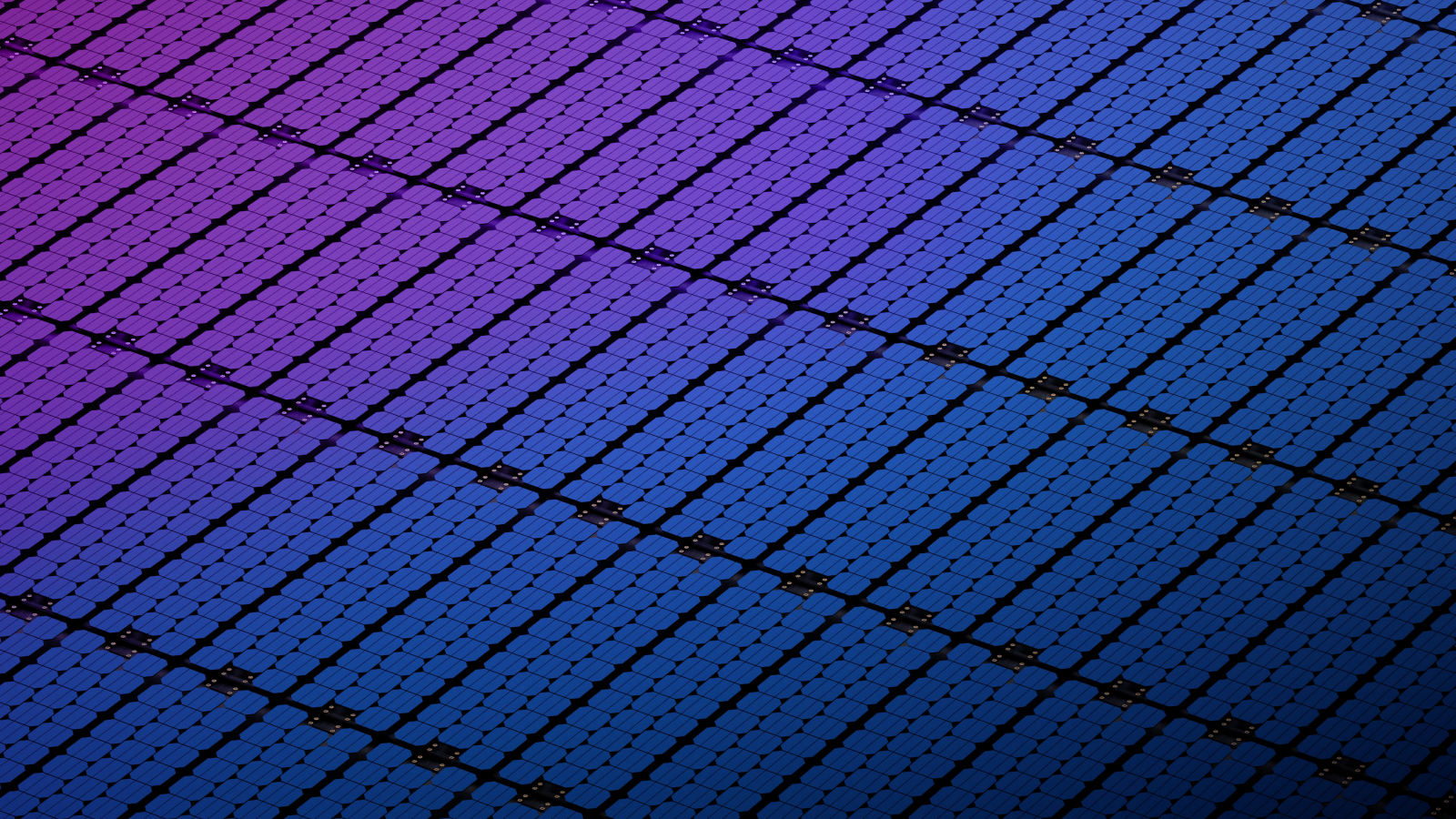When you purchase through links on our site , we may earn an affiliate commission . Here ’s how it works .
Scientists in Japan have demo a new trial impression - of - concept reactor that can harvest renewable H fuel from sunlight and urine .
The unexampled 1,076 - square - foot ( 100 square beat ) nuclear reactor uses photocatalytic piece of paper to split aside the O and hydrogen atoms rule in water molecules , thus siphoning the hydrogen aside to be used as fuel .

The hydrogen fuel tank of a Toyota vehicle on display.
While the engineering remain in its infancy , the scientists behind the research say that , if more efficient photocatalysts can be developed , their find could start the production of cheap , sustainable H fuel to meet various energy motive . They issue their determination Dec. 2 in the journalFrontiers in Science .
" Sunlight - driven pee splitting using photocatalysts is an idealistic engineering science for solar - to - chemical energy rebirth and storage , and recent developments in photocatalytic materials and systems raise hope for its fruition , " older authorKazunari Domen , a alchemy professor at Shinshu University in Japan , say in a statement . " However , many challenges remain . "
Upon being exposed to light , photocatalysts boost chemical reaction that bump water molecules down into their constituent part . However , most existing " one - footstep " catalysts — which decompose H2O into hydrogen and atomic number 8 in one go — are exceedingly ineffective , leaving most of the hydrogen fuel to be refined using innate gas , a fossil fuel .

Related:‘Holy grail ' of solar technology set to charge ' unsustainable silicon ' to history
To look for a fashion past this deadlock , the researchers behind the new study investigated a photocatalyst that apply a more advanced two - step physical process , with one stair separating out the oxygen and the next step removing the hydrogen .
Creating a photocatalyst for this process activate the scientists to build their paradigm reactor , which ran for three old age and worked even better using existent sunlight than the ultraviolet light used in the lab .

" In our system , using an ultraviolet - responsive photocatalyst , the solar free energy conversion efficiency was about one and a half time high under rude sunlight , " first authorTakashi Hisatomi , a research worker at Shinshu University , said in the argument . " Simulated standard sunlight uses a spectrum from a more or less gamy parallel of latitude region . In an field where natural sunlight has more light - wavelength factor than fake reference sunlight , the solar energy conversion efficiency could be high . "
— raw solar cell technology could dump electric battery in gadgets for good by harvest home ambient way sparkle
— Solar exponent post in space could be the solvent to our vigour pauperization

— EV batteries could last much long thanks to fresh condenser with 19 - times higher energy density that scientists created by error
Despite these bright gains , the efficiency of the reaction is still too low-toned for commercial use of goods and services .
" Currently , the efficiency under faux standard sunlight is 1 % at best , and it will not reach 5 % efficiency under lifelike sunlight , " Hisatomi articulate .

To make the crucial strides to increase efficiency , the scientist have prognosticate on others to make good photocatalysts and larger reactor . Work on refuge will also be lively : Hydrogen fuel refining also produces the explosive spin-off oxyhydrogen , which can be safely toss out of in the two - step operation .
" The most authoritative aspect to develop is the efficiency of solar - to - chemical free energy conversion by photocatalysts , " Domen said . " If it is improved to a pragmatic level , many research worker will act upon badly on the development of aggregative production engineering and flatulence separation processes , as well as large - scale flora mental synthesis . This will also change the way many the great unwashed , including policymakers , think about solar energy conversion , and accelerate the development of infrastructure , law , and regulations related to solar fuel . "











